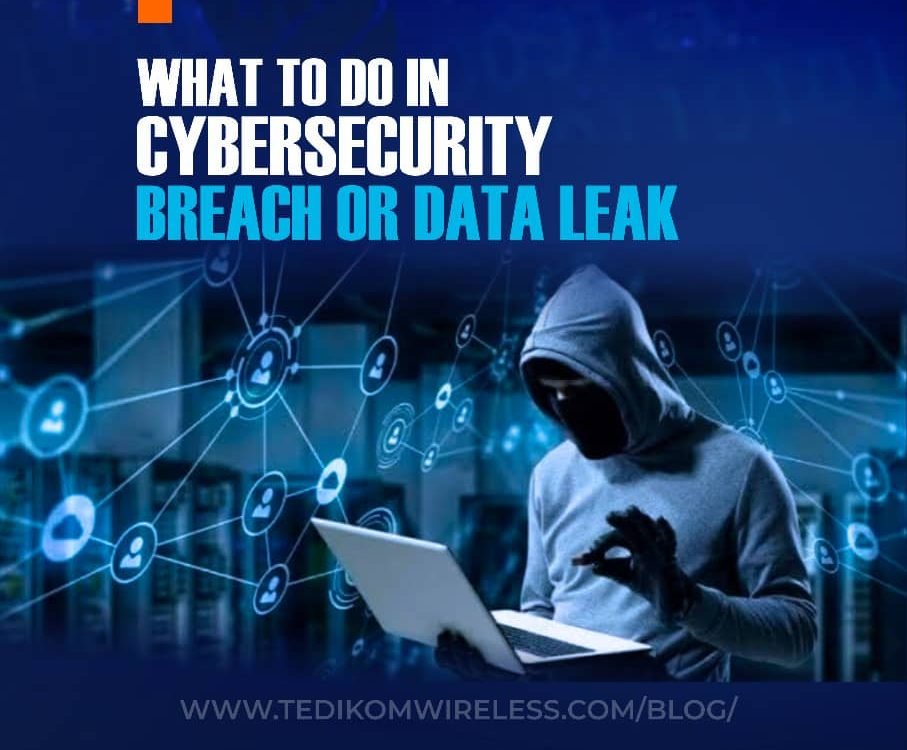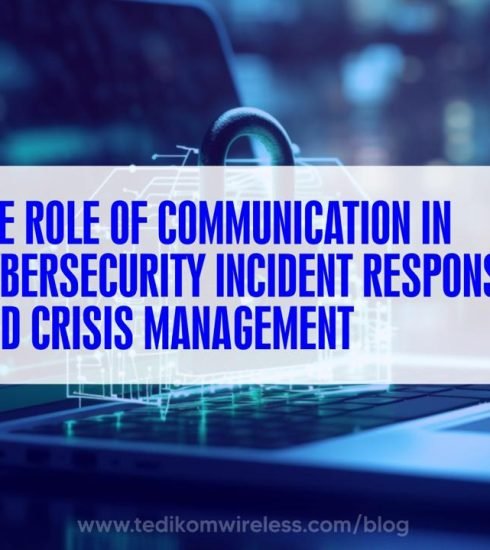What to do in Cybersecurity Breach or Data Leaks
Data leaks and cyber security breaches are becoming more frequent and pose serious risks to both individuals and businesses. It’s critical to act quickly and decisively in such a situation to reduce any potential harm. Here’s a guide on what to do in case of a cyber security breach or data leak.
- Containment: Keeping the breach contained is the first step. To stop more illegal access, the impacted systems and devices must be isolated. Disconnect hacked devices from the network, if possible, to stop the intrusion from spreading.
- Evaluation: After containing the breach, carry out a comprehensive evaluation to identify the degree of harm. Assess the kind of data that was compromised and evaluate the possible consequences for the organization or the impacted parties.
- Warning: Notifying the affected parties, customers, or regulatory agencies may be required, depending on what kind of breach. It’s critical to understand the legal requirements in your area regarding data breach notifications, as many regions have requirements.
- Involve Cybersecurity Experts: To assist with the breach investigation, vulnerability identification, and implementation of required security measures, think about involving cybersecurity experts. These experts can help you restore the integrity of your data and systems by offering insightful advice.
- Communication: It’s important that you interact effectively both during and after a data incident. Inform all parties involved about the situation, the actions being taken to address it, and any protective measures they may take. This may reduce reputational harm and preserve confidence.
- Examine Security Procedures: Make the most of the hack by reviewing and improving your company’s security procedures. This could entail putting in place more robust access controls, improving cybersecurity best practices training for staff members, and carrying out frequent security assessments.
- Legal and Regulatory Compliance: Verify adherence to pertinent laws and rules pertaining to data protection. Legal and regulatory ramifications might need to be handled, depending on the type of breach and the data involved.
- Data Restoration and Recovery: Assist in restoring any corrupted or deleted data. While restoring backups can be necessary in this situation, it is particularly important to be sure that the backups have not been hacked.
- Retrospective Evaluation: Conduct a detailed post-incident study once the breach has been addressed to determine how it happened, what lessons can be learned, and how future occurrences of the same kind of incident may be avoided.
- Staff Awareness and Training: Support periodic staff awareness and cybersecurity training programs. Since employee error frequently plays a major role in security breaches, it is necessary that staff members receive training on proper procedures and potential dangers.
In conclusion, dealing with a data leak or cyber security breach can be difficult and unpleasant. However, companies may lessen the breach’s impact and stop it in the future by acting swiftly, openly, and diligently. Upholding a safe digital environment requires constant attention to detail and being ready to act quickly in the event of a breach. To read more, visit link.









